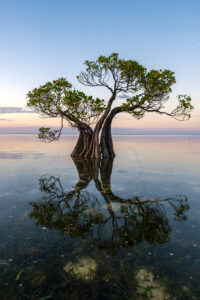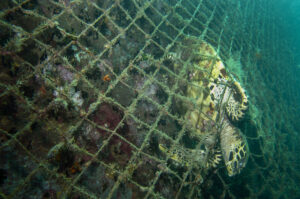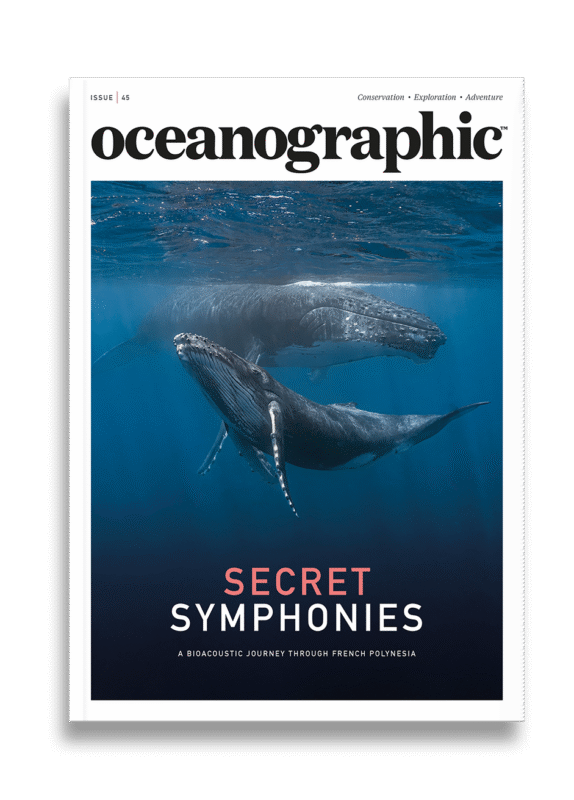Map of maerl-building algae reveals Britain's underwater diversity
Marine biologists have, for the first time, produced a genomic map of maerl-forming algae across southwest Britain - offering fresh insights into the resilience, vulnerability and uniqueness of these slow-growing seabed engineers.
A landmark genetic survey of habitat-building coralline algae has shed new light on one of the UK’s most important but least understood blue-carbon ecosystems.
Marine biologists from the University of Exeter have, for the first time, produced a genomic map of maerl-forming algae across southwest Britain – offering fresh insights into the resilience, vulnerability and uniqueness of these slow-growing seabed engineers.
Using Whole Genome Sequencing (WGS), the team analysed calcareous red seaweeds collected from 12 locations spanning Cornwall to South Wales. These species – which form intricate maerl beds – create nursery grounds for juvenile fish and shellfish while locking away carbon for centuries.
Yet, despite their ecological importance, they have remained genetically mysterious – until now.
Published this week in Evolutionary Applications, the study marks the UK’s first multi-site genomic analysis of these coralline algae and includes the first ever genetic assessment of Lithothamnion corallioides. Among the standout discoveries: an oversized, coarse variant of Phymatolithon calcareum, known informally as “Godzilla maerl,” exhibits a distinct genetic signature and appears to be native solely to St Mawes, Cornwall.
“This is the first research project to assemble reference genomes for two maerl-forming species and apply WGS along Britain’s southern and southwestern coasts,” said project lead Dr Tom Jenkins. “We’ve been able to reveal how genetically diverse these populations are, and to identify which beds are dominated by clones – key factors that shape their vulnerability to climate and environmental change.”

Maerl thrives in calm, sunlit, shallow waters – but grows painstakingly slowly. Its fragility has long placed it at the heart of debates over dredging, anchoring, and coastal development in the region. For this study, scientists worked with Natural England and Natural Resources Wales, sequencing tiny samples of P. calcareum and L. corallioides gathered from Cornwall, Dorset, and Wales.
Genetic patterns revealed distinct regional differences. Algae from Cornwall, Dorset, and Milford Haven each exhibited unique lineages, suggesting limited exchange between populations and possible adaptation to local conditions. In St Mawes, researchers identified two forms of P. calcareum, including the newly dubbed Godzilla maerl – up to three times larger than typical specimens and possessing three chromosome sets instead of two.
“We can find no evidence of P. calcareum growing this large anywhere else in Europe,” said Dr Jenkins. “So far, it seems exclusive to St Mawes.”
When the team compared UK samples with data from Northern Ireland, France, and Spain, they found that Cornwall’s southern coast hosted the highest levels of genetic diversity – a promising indicator of resilience. St Mawes’ Godzilla variant, however, showed the lowest diversity, potentially making it more vulnerable to rapid environmental shifts.
“High genetic diversity – or high clonality – can help us estimate how likely a population is to withstand future change,” Jenkins explained. “More variation means a greater range of responses when conditions shift.”
For environmental managers, the findings offer a powerful new tool for assessing the health and long-term prospects of maerl beds – habitats whose lifespans can stretch for millennia and rival coral reefs in ecological function.
“There’s a growing understanding that maerl, like seagrass and kelp, represents a major opportunity for carbon capture, alongside its essential role as a nursery habitat,” said Professor Jamie Stevens, co-author and marine geneticist at Exeter. “Its value to commercially important species such as lobsters and crabs is enormous. These are phenomenal underwater structures.”
The full study, Population genomics informs resilience and vulnerability of habitat-building coralline algae, is available now in Evolutionary Applications.


"*" indicates required fields
Printed editions
Current issue
Back issues

Back Issues
Issue 43 Sir David Attenborough’s ‘Ocean’

Back Issues
Issue 41 Holdfast to the canopy
Enjoy so much more from Oceanographic Magazine by becoming a subscriber.
A range of subscription options are available.








